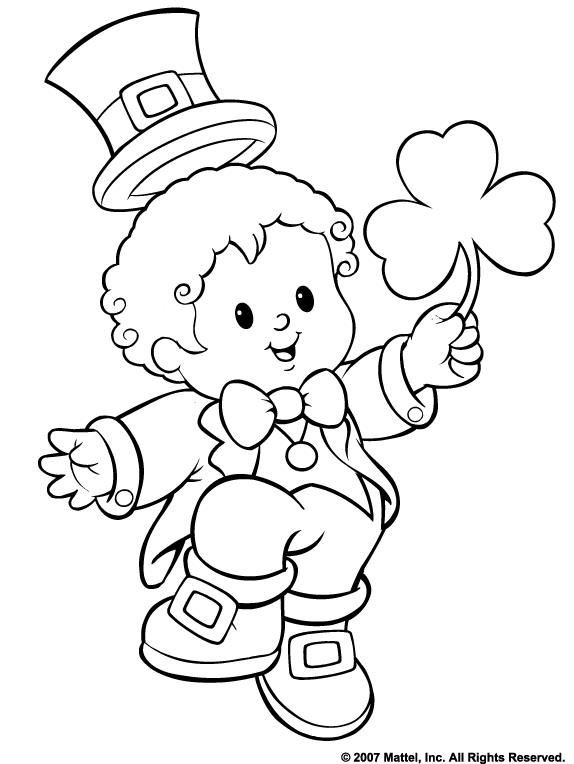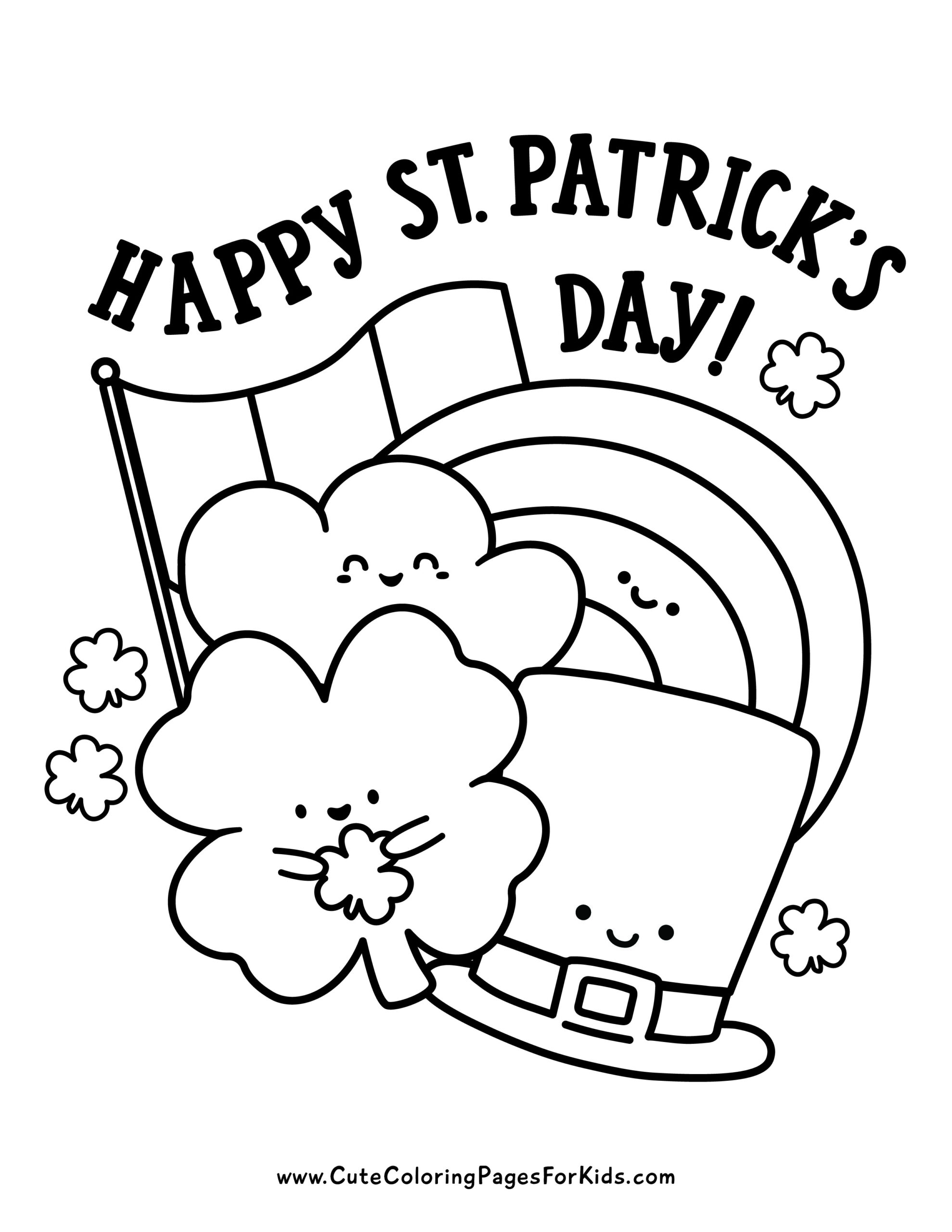Gallery
Photos from events, contest for the best costume, videos from master classes.
 |  |
 |  |
 |  |
 |  |
 |  |
 |  |
Description. Celebrate the luck of the Irish with our ‘St. Patrick’s Day Color Palettes’ collection! This vibrant assortment features an array of green hues, complemented by lively golds and soft earth tones that embody the spirit of the holiday. The Best Irish Songs And The Best Irish Films Of All Time For Paddy’s Day; 8 Ways That We Celebrate St. Patrick’s Day In Ireland; The Most Notable St. Patrick’s Day Traditions In Ireland; 17 Tasty St. Patrick’s Day Cocktails To Whip Up At Home; How To Say Happy St. Patrick’s Day In Irish; 5 St. Patrick’s Day Prayers And Blessings While most St. Patrick’s Day enthusiasts bust out their green clothing on March 17, there are some who would rather wear orange. The reason has everything to do with religion. St. Patrick's Day was originally linked to blue, but green became its defining color due to Ireland’s lush landscapes, the shamrock’s religious symbolism, and its role in Irish nationalism. The Significance of Orange in St. Patrick’s Day. Orange, a secondary color of St. Patrick’s Day, has a complex history and symbolism that extends beyond its association with the Protestant minority in Ireland. In Ireland, orange is a color that represents the country’s complex history and the struggles of its people. Beyond the Colors: The Spirit of St. Patrick’s Day. While the colors of St. Patrick’s Day hold deep historical and cultural significance, it’s important to remember that the true essence of the holiday lies in its spirit of celebration, community, and cultural pride. However, the emergence of orange as an alternative color for St. Patrick’s Day attire is not merely a fashion statement or an attempt to stand out from the sea of green-clad revelers. It represents a different aspect of Irish history and culture that deserves recognition. St. Patrick’s Day usually conjures images of partying, Catholicism, Irish nationalism and, perhaps most famously, the color green: green clothes, green shamrocks, green beer and green rivers. Nonetheless, St. Patrick's Day was co-opted by Protestants, who opted to don their representative orange instead of green for the day. The white stripe separating the green and orange ones on the country's flag is indicative of the unity both religions maintain, meaning there's no bad blood no matter what color you don. While green is the color most frequently associated with the holiday the other St. Patrick’s colors still have special meanings. As St. Patrick’s Day is a celebration of both Saint Patrick and Ireland, some of the St. Patrick’s Day colors tie directly to the patron saint, while others are more representative of Ireland itself. Incorporating orange and green into St. Patrick’s Day outfits can be a creative way to celebrate and acknowledge Ireland’s diverse heritage. History of Wearing Orange on St Patrick’s Day. Wearing orange on St. Patrick’s Day has its roots in Irish history, specifically, the events surrounding the Battle of the Boyne in 1690. The Colors of St. Patrick’s Day: A Symbolic Representation. St. Patrick’s Day is often associated with three primary colors: green, orange, and white. These colors hold significant meaning and are deeply rooted in Irish history and tradition. Green: The Color of Ireland. Green is the most prominent color associated with St. Patrick’s Day St. Patrick’s Day was once a solemn feast day when you’d be far more likely to see the color blue. In fact, there’s even a color known as St. Patrick’s blue. It's considered bad to wear orange on St. Patrick's Day because the color orange is associated with the Protestant community in Ireland, particularly with the Orange Order, which commemorates the victory of Protestant King William of Orange over the Catholic King James II in the Battle of the Boyne in 1690. Early depictions of St. Patrick show him wearing blue, and the official color of the Order of St. Patrick, part of Ireland’s chivalry, was a sky blue known as “St. Patrick’s Blue.” The answer, according to tradition and a touch of historical context, is: you should probably avoid wearing orange on St. Patrick’s Day. While green is the dominant color of the celebration, orange carries a complicated history in Ireland, and its association with Protestantism can make it a less-than-ideal choice for the festivities. ☘️ 🧡 Happy St. Patrick's Day! Green is widely known as the color for St. Patty's Day, but this year, we're going ORANGE! Orange is one of the three colors in the Irish flag, and it's also the color of COPD Awareness! Help us spread the word about COPD and chronic lung disease by mixing in a little orange with your green this St. Patrick What Was St. Patrick’s Day’s Original Color? Before the sea of green flooded every street and city skyline on March 17th, the original color associated with St. Patrick was a shade of light, sky-toned blue—a hue that has come to be called “St. Patrick’s Blue.” T hey say the whole world is Irish on St. Patrick's Day! Or at least, the whole world adopts a certain version of Irish culture. Every March 17, we break out our green clothing and jewelry, wear The color became a visible marker of political and religious identity, and its association with St. Patrick’s Day celebrations became a nuanced topic reflecting the complexities of Irish history. Contemporary Perspectives: In modern times, the question of why orange is offensive on St. Patrick’s Day continues to evoke varied perspectives
Articles and news, personal stories, interviews with experts.
Photos from events, contest for the best costume, videos from master classes.
 |  |
 |  |
 |  |
 |  |
 |  |
 |  |